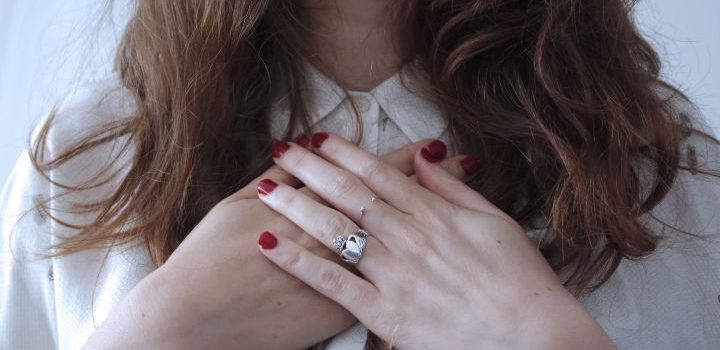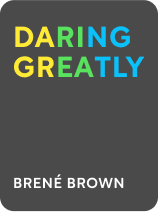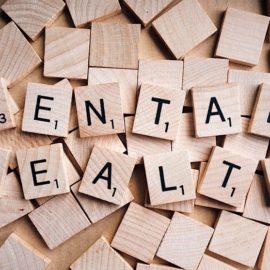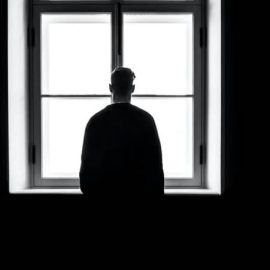

This article is an excerpt from the Shortform book guide to "Daring Greatly" by Brené Brown. Shortform has the world's best summaries and analyses of books you should be reading.
Like this article? Sign up for a free trial here .
What is meant by wholehearted living? What are the core ideals of this living philosophy?
In Daring Greatly, Brene Brown teaches that the biggest obstacle to experiencing authentic human connection is shame. In order to move through shame, and find connection, you need to have the courage to engage with vulnerability. This practice is called wholehearted living.
Read about the core ideals of Brene Brown’s wholehearted living philosophy.
The Ideals of Wholehearted Living
Wholehearted living is based on 5 core ideals.
Ideal #1: Human beings are biologically wired to need love, connection, and belonging to survive. When you don’t get these things, you experience pain and suffering.
Ideal #2: People who feel a sense of love, connection, and belonging believe they are worthy of it. In contrast, people who don’t believe themselves worthy of love, connection, and belonging are unlikely to feel these things.
Ideal #3: The feeling of worthiness is not inherent, it’s learned. You learn your worth through embodying worthiness in daily habits and practices. Those who feel worthy have developed and practiced tools that allow them to hold on to their sense of worthiness no matter what life throws at them.
Ideal #4: People who live wholeheartedly cultivate compassion, bravery, and connection in every aspect of their lives. Courage and compassion are both prerequisites for connection. They serve you best when you engage with them in every area of your life.
Ideal #5: The main commonality amongst wholehearted people is the willingness to be vulnerable. Just as courage and compassion are necessary stepping stones to connection, vulnerability is the foundation for anything Wholehearted. You need vulnerability to be courageous, to be compassionate, and to connect.
The Biggest Obstacle to Wholeheartedness: Shame
Shame is the greatest obstacle to wholehearted living.
Shame makes you feel like you’re not enough as you are, and it causes you to fear you’re not worthy of connection or belonging. It’s the result of living in a culture that encourages you to believe you must live an extraordinary life in order for it to be a meaningful one. You feel shame when the reality of your life doesn’t match your own expectations or the expectations of others.
Shame kills your courage, impedes your ability to think or act in innovative ways, and prevents you from experiencing life meaningfully. Shame thrives when kept hidden and left unchecked. In order for shame to survive, it needs you to believe you’re not connected and don’t belong.
The Best Solution For Shame: Vulnerability
Vulnerability is the cure for shame.
It’s defined by actions that leave you feeling exposed, at risk, and for which you cannot predict the outcome (such as telling someone you have a crush on them, or asking for help when you’re struggling). Vulnerability frees you from the shackles of shame by exposing the lies it tells you. Counterintuitively, when you have the courage to be vulnerable by opening up to others, you begin to dismantle shame-based beliefs around vulnerability. Choosing to be openly vulnerable says, “I am not alone. I am worthy of connection. I am worthy of being seen.”
If you want to live a wholehearted life, you have to have the courage to show up and be vulnerable. Not only is it the cure for shame, but vulnerability is the prerequisite for true wholehearted living. In Daring Greatly, Brown teaches you how to move through shame by continually reinforcing and unpacking the relationship between shame, vulnerability, connection, and belonging.
In the first four chapters, you’ll deepen your understanding of the obstacles and solutions to wholehearted living: scarcity culture (Chapter 1), vulnerability myths (Chapter 2), shame (Chapter 3), and protective “armor” (Chapter 4). In the final 3 chapters, you’ll explore these obstacles in greater societal contexts: culture (Chapter 5), work and education (Chapter 6), and parenting (Chapter 7), as well as discuss their possible solutions.

———End of Preview———
Like what you just read? Read the rest of the world's best book summary and analysis of Brené Brown's "Daring Greatly" at Shortform .
Here's what you'll find in our full Daring Greatly summary :
- What it means to live Wholeheartedly
- The 3 things you need to feel happy and healthy
- How scarcity and shame prevent you from achieving a Wholehearted life






